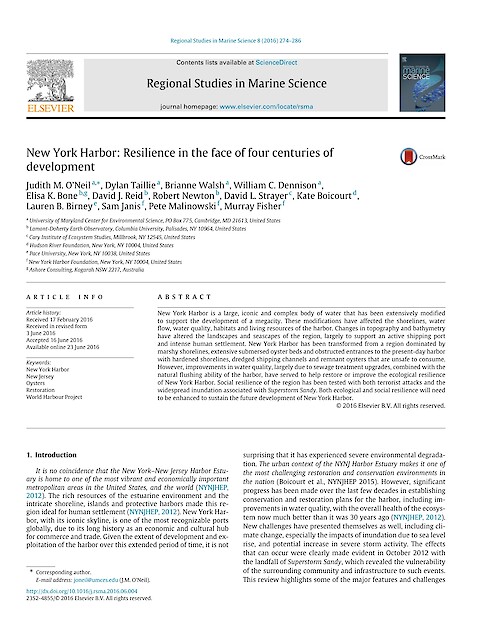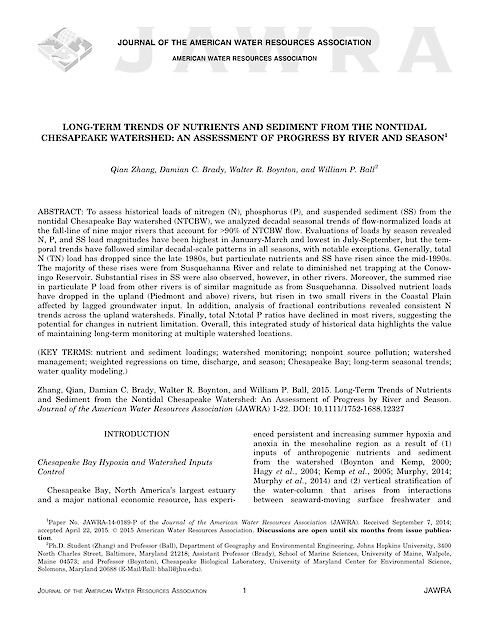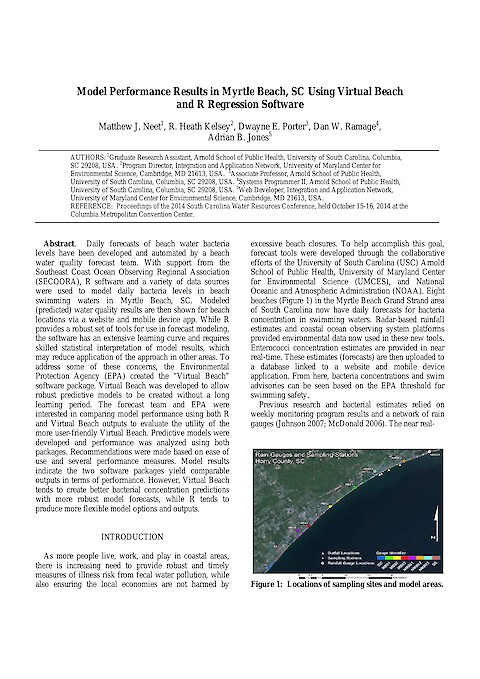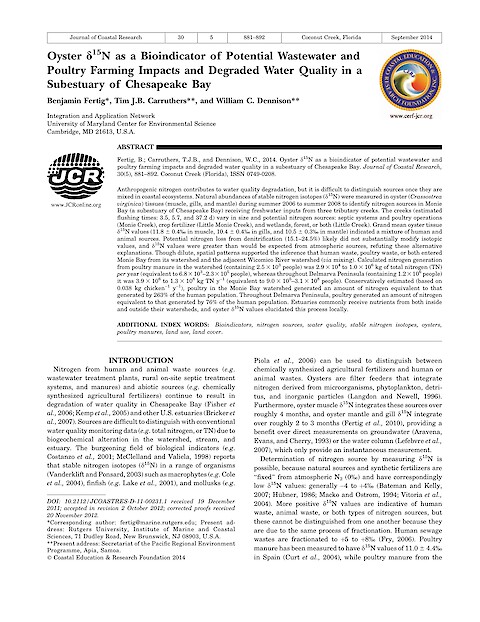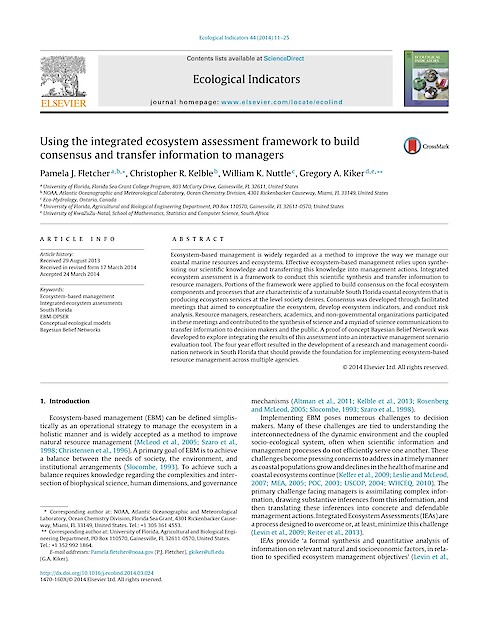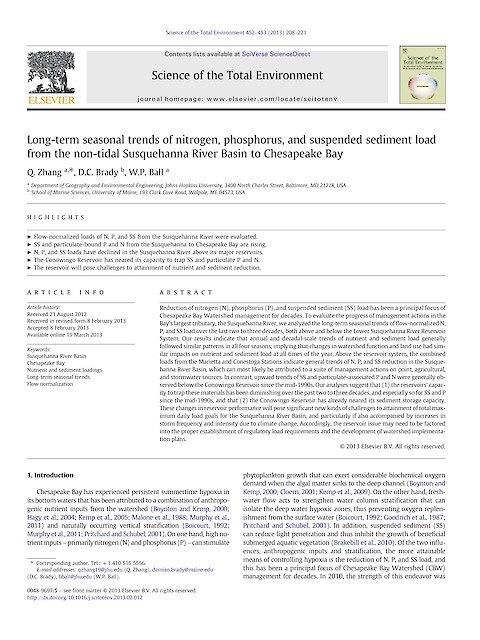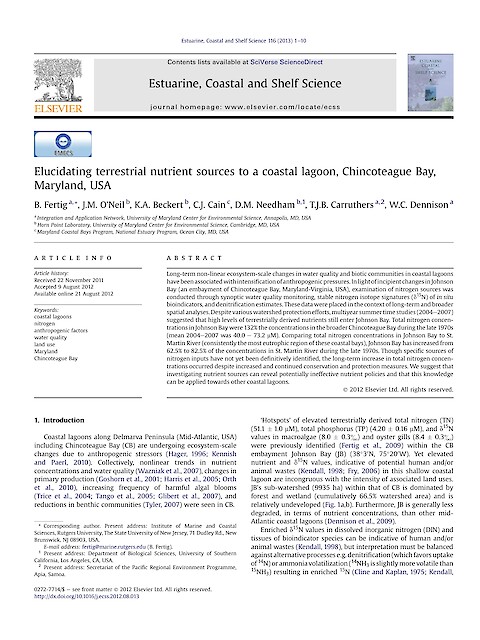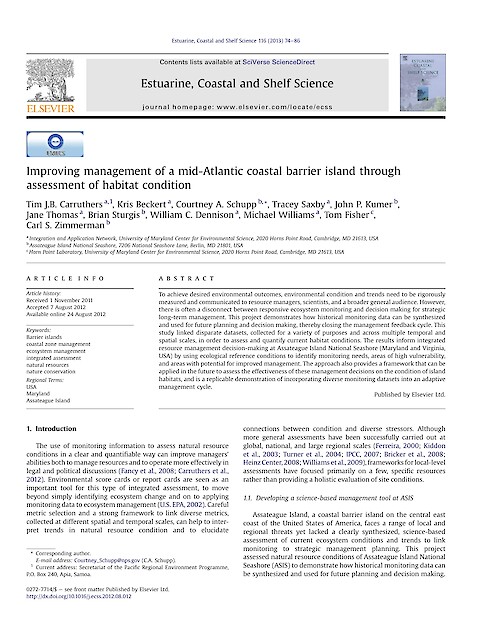New York Harbor: Resilience in the face of four centuries of development
O’Neil JM, Taillie D, Walsh BM, Dennison WC, Bone EK, Reid DJ, Newton R, Strayer DL, Boicourt K, Birney LB, Janis S, Malinowski P, and Fisher M ·
2016
New York Harbor is a large, iconic and complex body of water that has been extensively modified to support the development of a megacity. These modifications have affected the shorelines, water flow, water quality, habitats and living resources of the harbor. Changes in topography and bathymetry have altered the landscapes and seascapes of the region, largely to support an active shipping port and intense human settlement.
Read more


